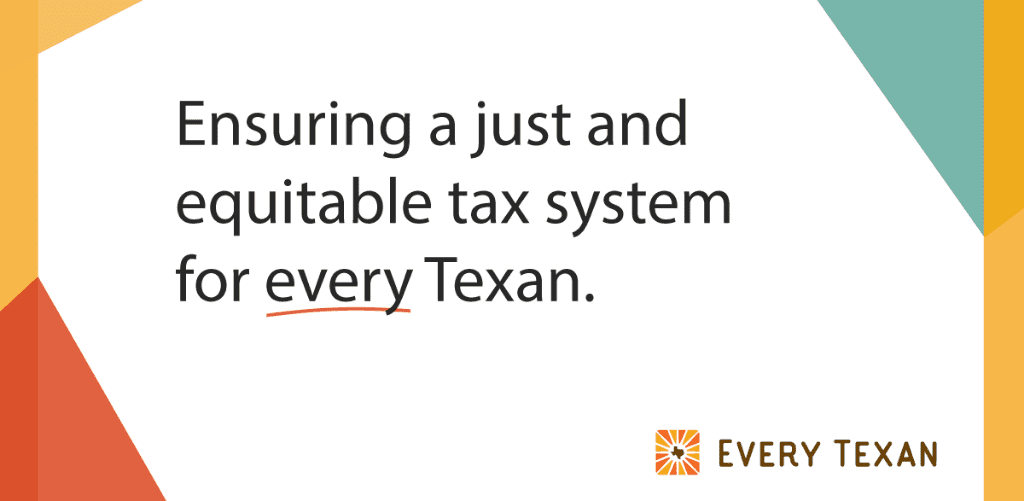Late Tuesday night, instructions for 2022-2023 state budget proposals were posted, telling agency heads how to submit “Legislative Appropriations Requests” (LARs) for public and higher education, health and human services, public safety, and other critical services. This major step in the two-year Texas budget process is taking place about two months later than usual, after COVID-19 caused months of state tax collection declines and massive uncertainty about revenue in the near- and long-term. Nevertheless, timelines in the budget instructions indicate that the 2022-2023 process will soon be back on track, though the hearings slated for September/October will most likely be an opportunity for public written comments rather than in-person testimony.
The key part of the instructions is the “policy letter”, which defines the “baseline” — the starting-point General Revenue and General-Revenue-Dedicated funding level — and additional funding that can be requested within the baseline or as an “exceptional item.” Because of the 5% General Revenue-related reduction proposals requested in May 2020, some state services already have a baseline below the level approved by lawmakers in 2019. The exact amount of approved interim cuts has not been made public, but the proposals totaled $1 billion in General Revenue (GR), including $335 million in higher education GR reductions.
Even state services unaffected by the 5% reductions, however, would not be adequately supported at their current amount of General Revenue funding if 2022-2023 means two years of cost increases, population-driven growth in students or clients, or other budget needs. For example, community colleges were exempt from the 5% reductions, but keeping their GR support at 2020-2021 levels means they won’t receive the $205 million (11%) increase recommended by the Higher Education Coordinating Board to achieve existing goals.
Another key part of the policy letter lists the various state services for which agencies can request additional GR funding (if needed) in the baseline to comply with state law. The wording of these exemptions generally allows for some population-driven growth to be in the baseline, but does not include inflation-driven increases such as health insurance premiums or medical costs per client. These latter cost-drivers instead are requested as “exceptional items,” ranked in priority order.
Long-time observers of the Texas budget process may have quickly scanned the policy letter and breathed a sigh of relief that, despite the state tax declines to date and uncertainty in the revenue forecast, the 2022-2023 baseline is not a major reduction from 2020-2021. Unfortunately, the 2022-2023 proposals will contain a revamped “schedule” to gather information needed for reductions. For 2022-2023, a program-level schedule will rank the services provided by state agencies and universities, from most important to least important, similar to the “building blocks” approach taken in the 2003 session after state revenue decreased. In addition, Sen. Nelson, Chair of Senate Finance, has made it clear that she is willing to start each agency’s budget request at zero.
Budget hearings will take place starting in September 2020. Conducted by staff of the Legislative Budget Board and the Governor’s office, these hearings are an opportunity to comment formally on the proposed funding levels. But if you are concerned about the interim cuts that may already have been made, or wish to communicate your thoughts on the importance of maintaining state support for education, health care, and other social services as our communities grapple with COVID-19, reach out now to your state representative, state senator, and other state leaders.
